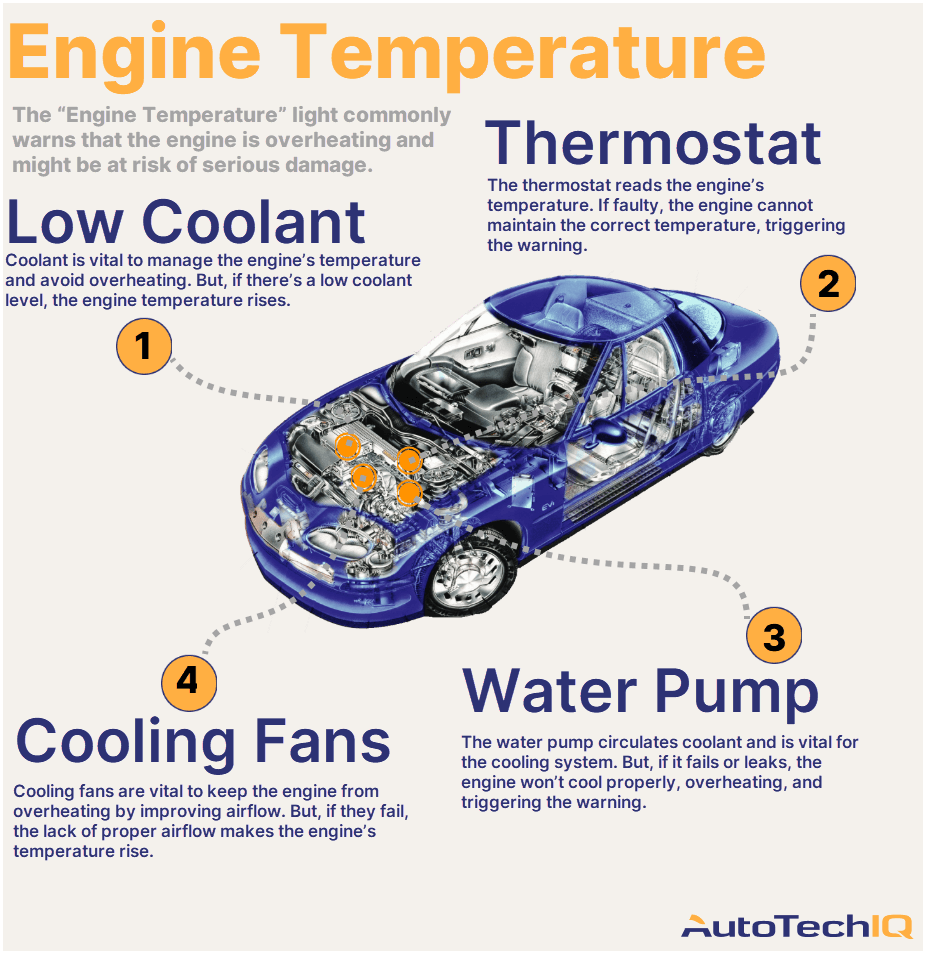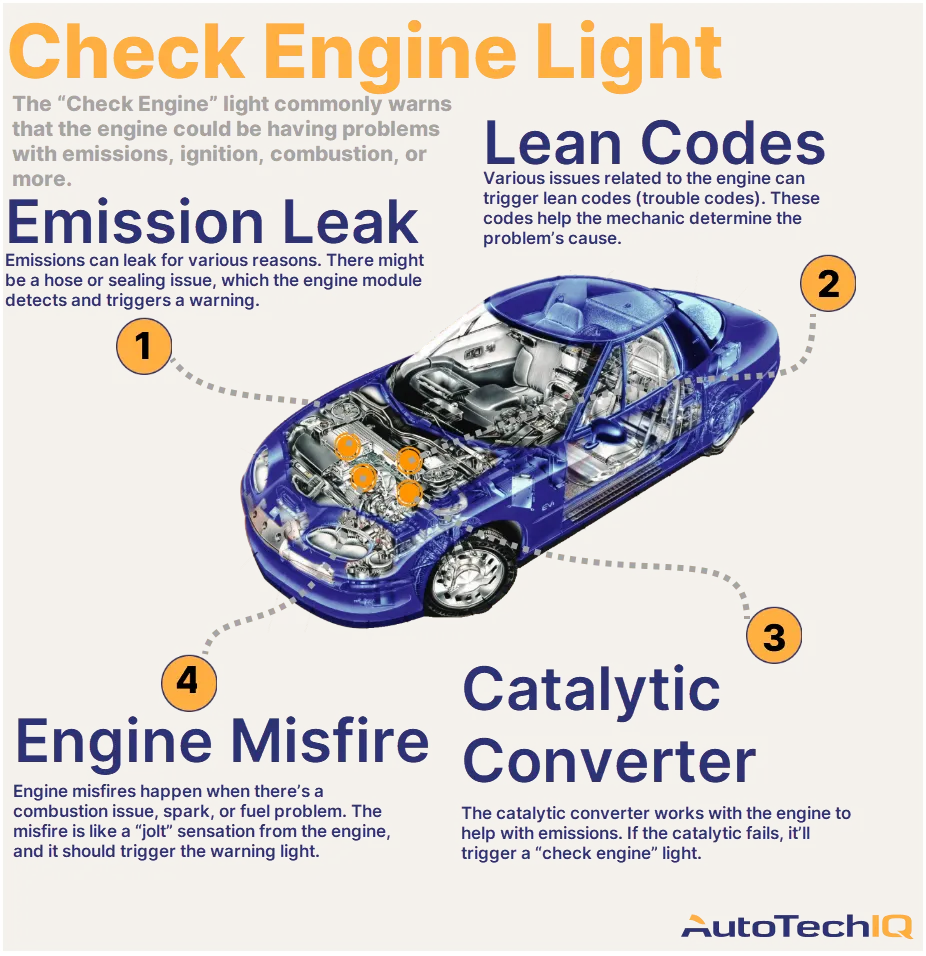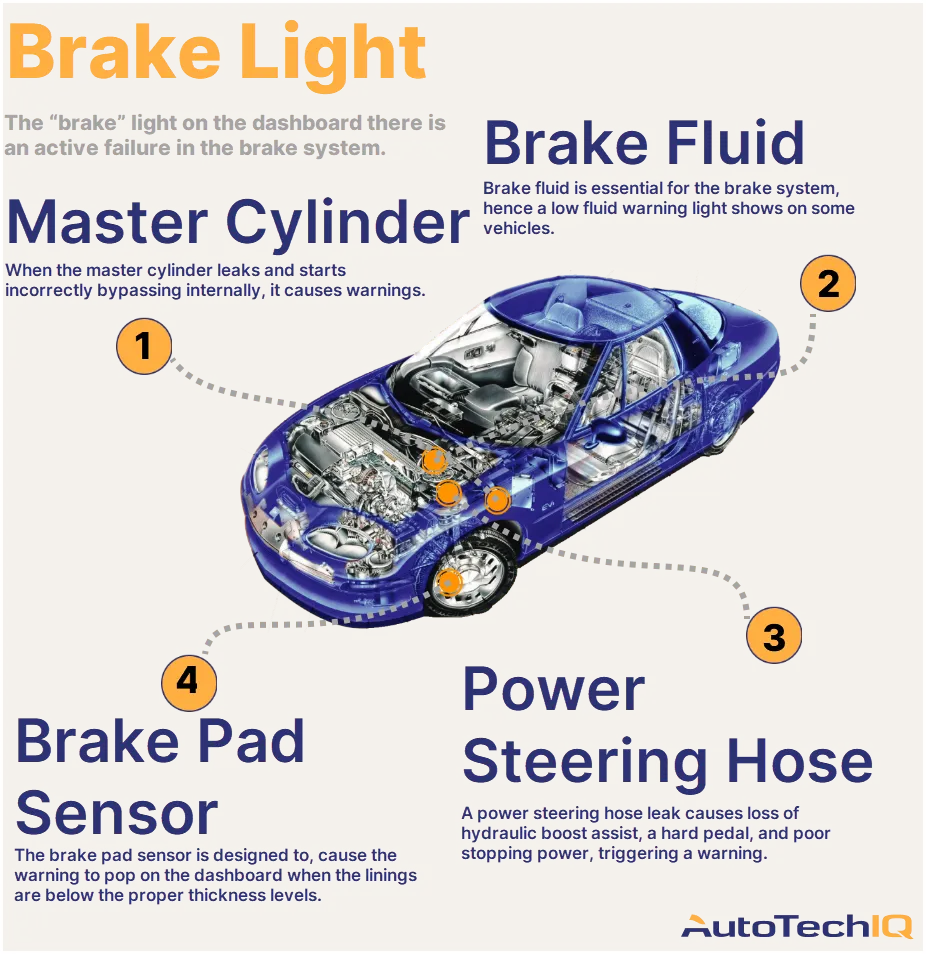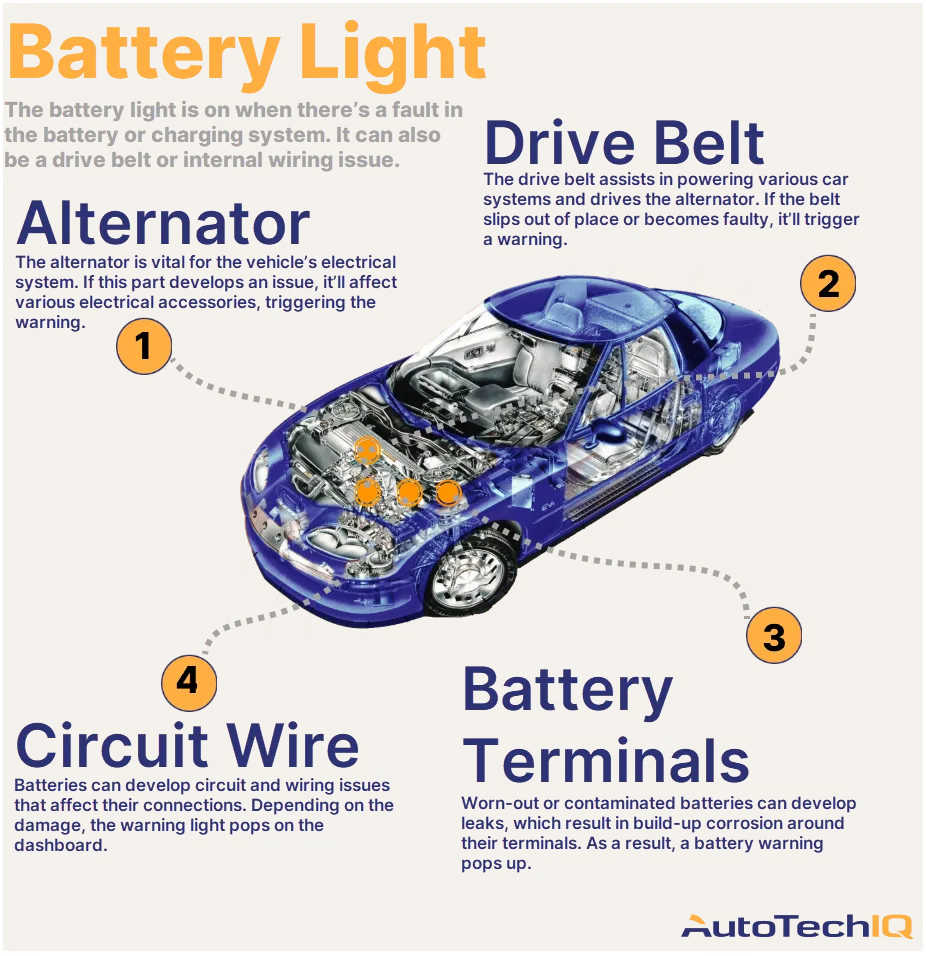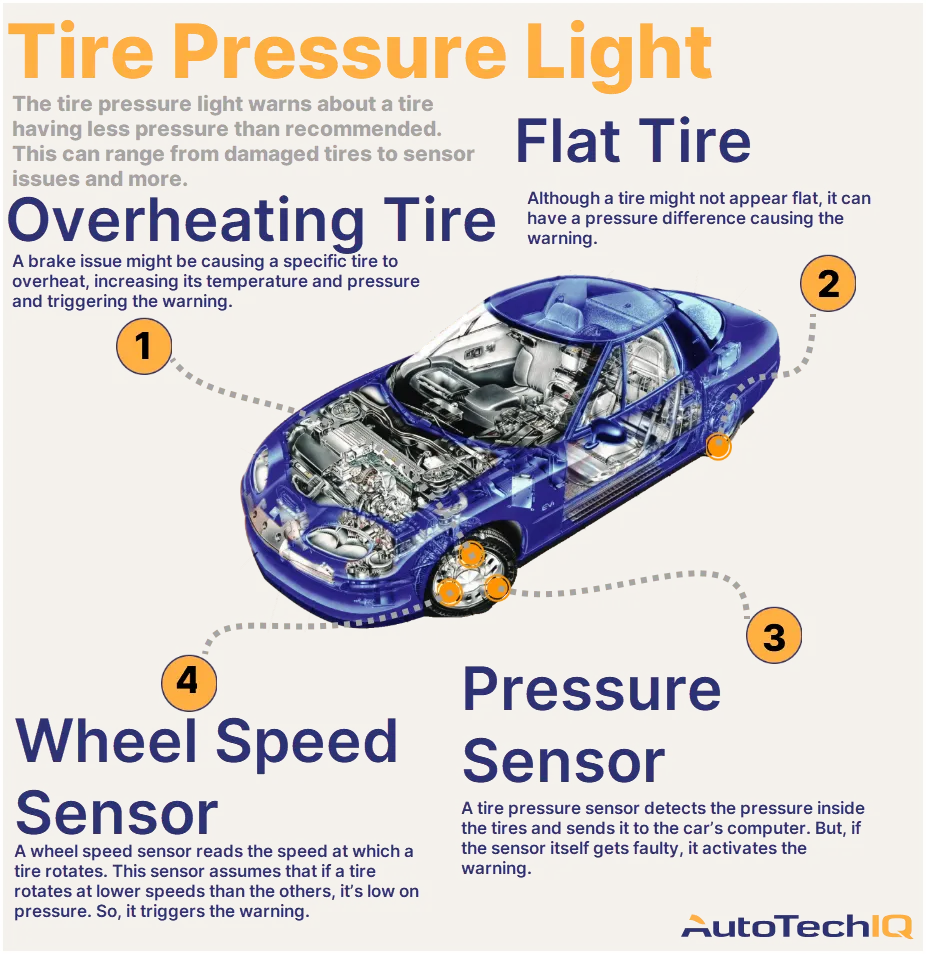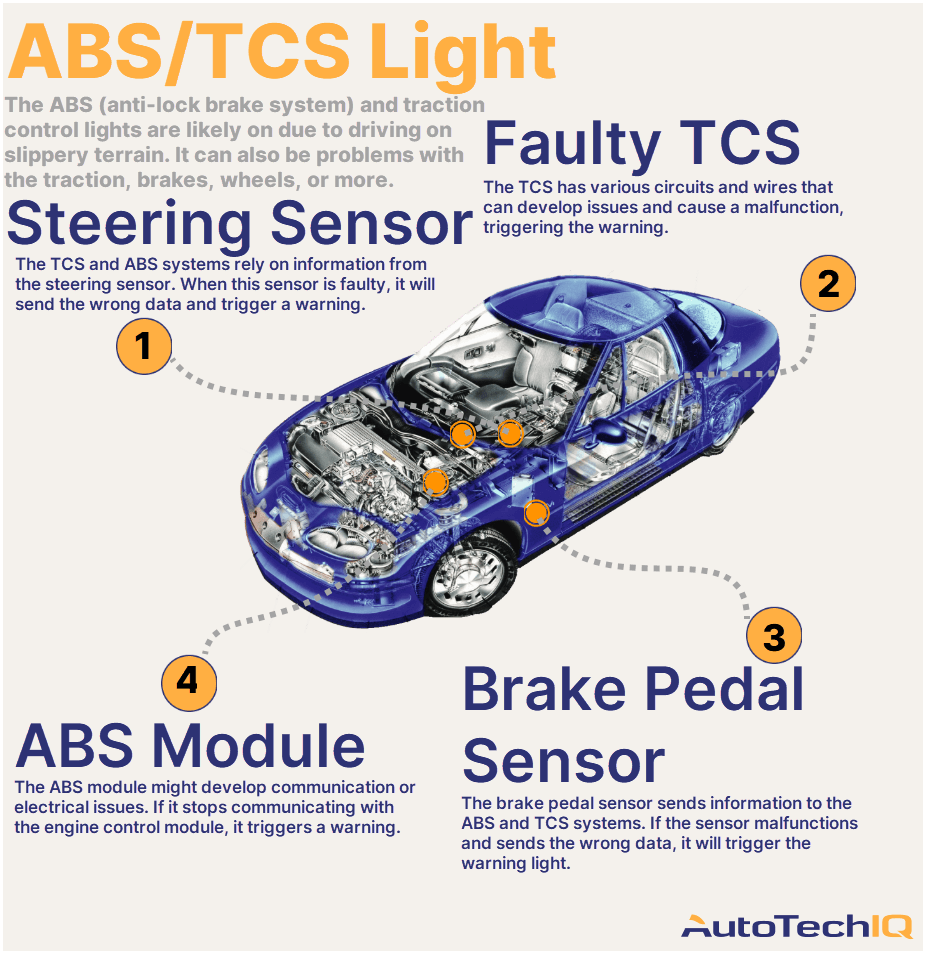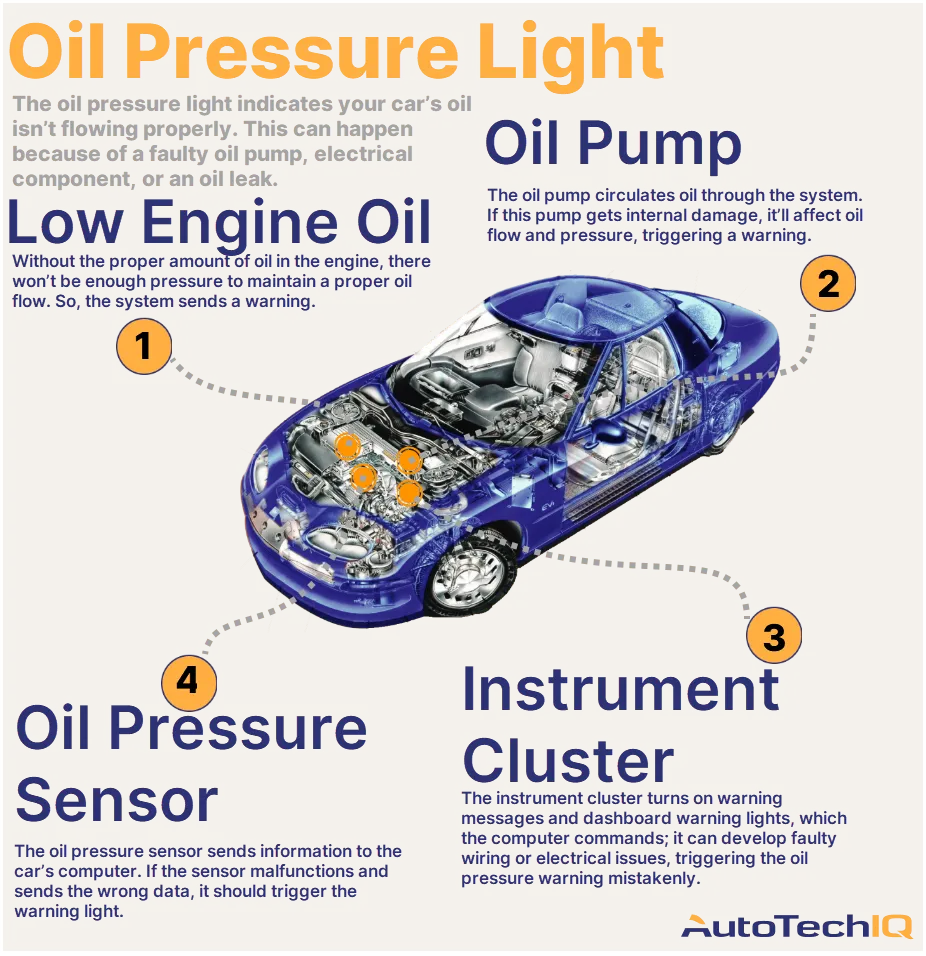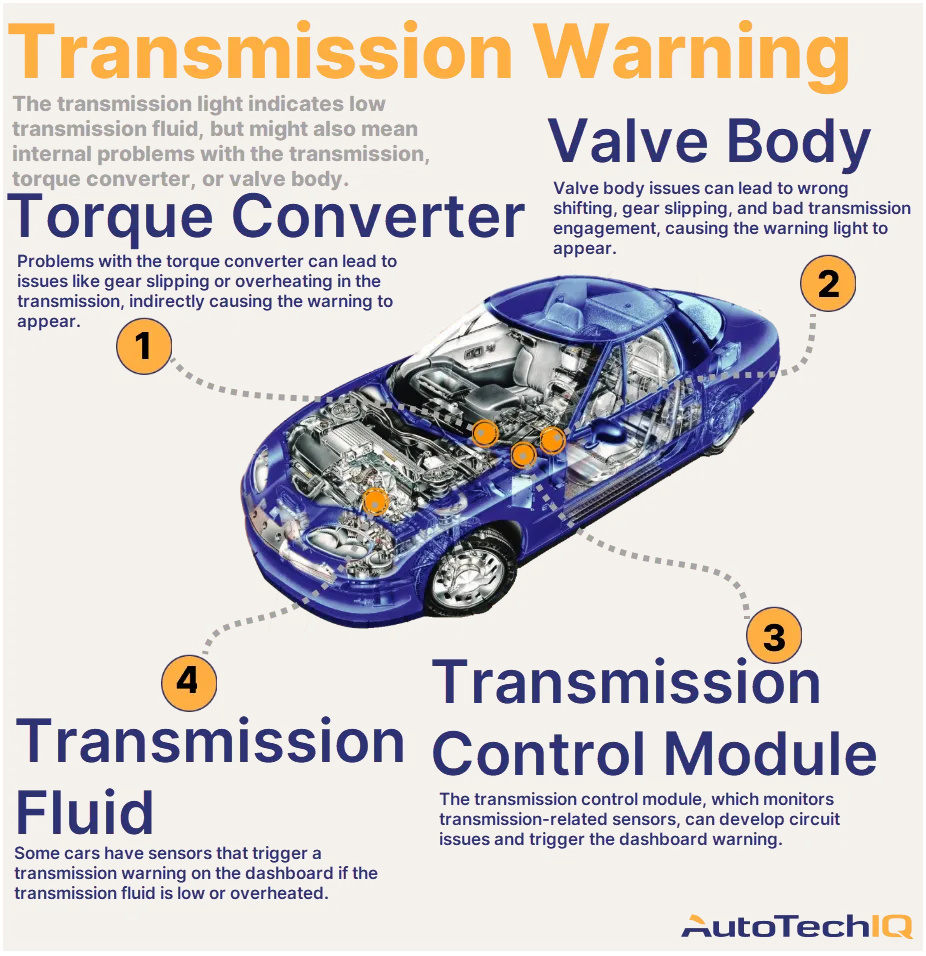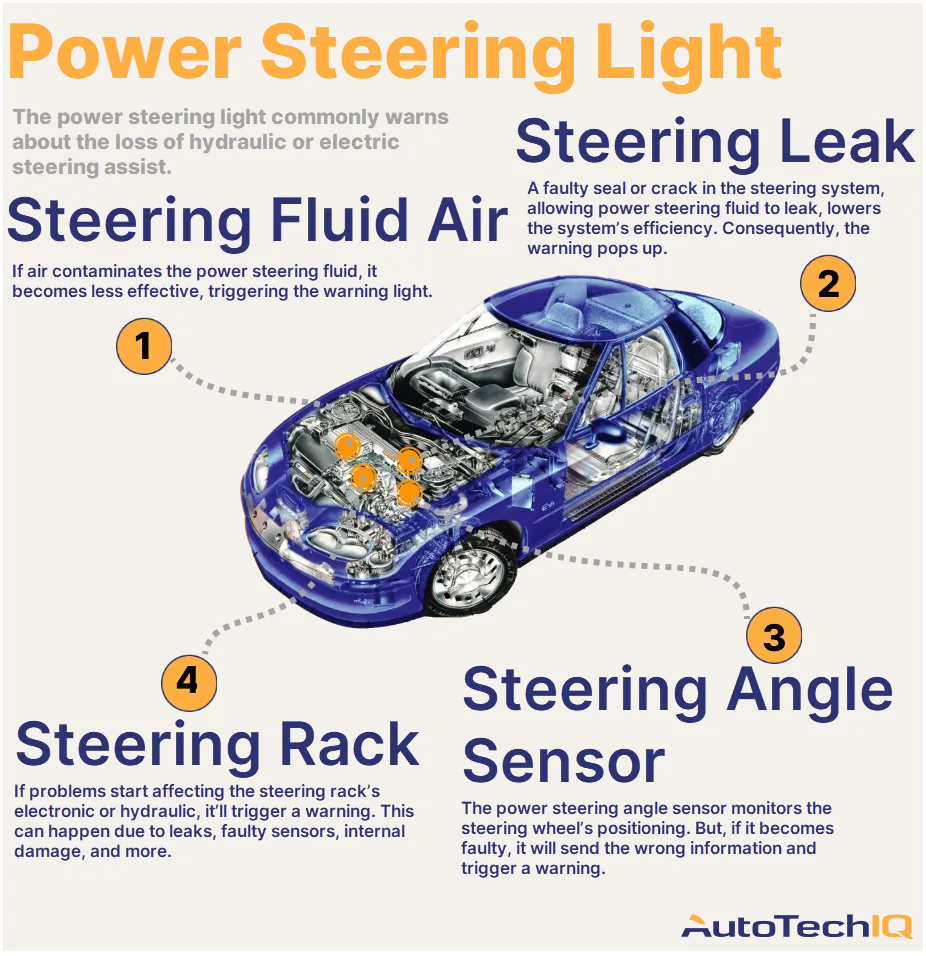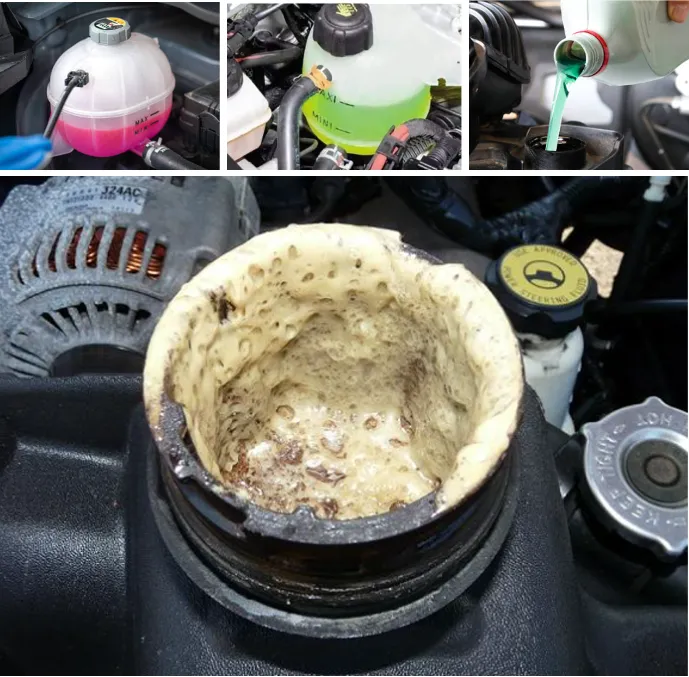
The cooling fluid of a car is a liquid with special technical characteristics, used for cooling the engine and filled into the cooling system.
Topping up the cooling fluid is done in case of its evaporation or leakage from the cooling system when the set level reaches "LOW" ("MIN").
The main symptoms of cooling fluid leakage include:
- the appearance of a sweetish smell in the cabin;
- liquid leaks appearing under the car's underbody;
- elevated engine temperature visible on engine parts, hoses.
If the cooling fluid level is low, check for leaks and add cooling fluid so that its level is between the "FULL" and "LOW" ("MAX" and "MIN") marks; check the fluid level on a cold engine.
You should top up with the cooling fluid of the same color and with the same technical characteristics (or a universal one) as the one already in your engine. You can determine the fluid's color in the expansion tank; if it is hard to determine the color in the tank, you can use a strip of white paper to soak up some of the fluid from the expansion tank. The color will be easier to identify on the paper.
The cooling system is of a closed type, and normal loss of cooling fluid is small. A noticeable reduction in fluid level may indicate leaks.
Full replacement of cooling fluid should be done in case of engine repair or during periodic replacement, in accordance with the manufacturer's technical requirements.
Replacement of cooling fluid with pure water is not allowed, even in summer, due to the engine being made of metal alloys prone to corrosion.
Unlike partial topping-up, which can be done yourself, we recommend that a full replacement be carried out in auto repair shops. Even though it seems like a simple procedure, it requires specific knowledge and specialized equipment (lifts, tools).
If needed, before refilling the cooling fluid, pour clean distilled water or special fluid into the radiator to flush the cooling system. After completely filling the fluid, consult an auto service for your further actions and follow the mechanic’s recommendations.
When choosing cooling fluid, always follow the manufacturer's recommendations. Do not use alcohol-based antifreeze and do not mix fluids of different brands.
Be very careful when removing the radiator cap and the expansion tank cap on a hot engine.
After visiting an auto service and refilling the cooling fluid, pay more attention to monitoring the level of the car's cooling fluid and check for any leaks.


